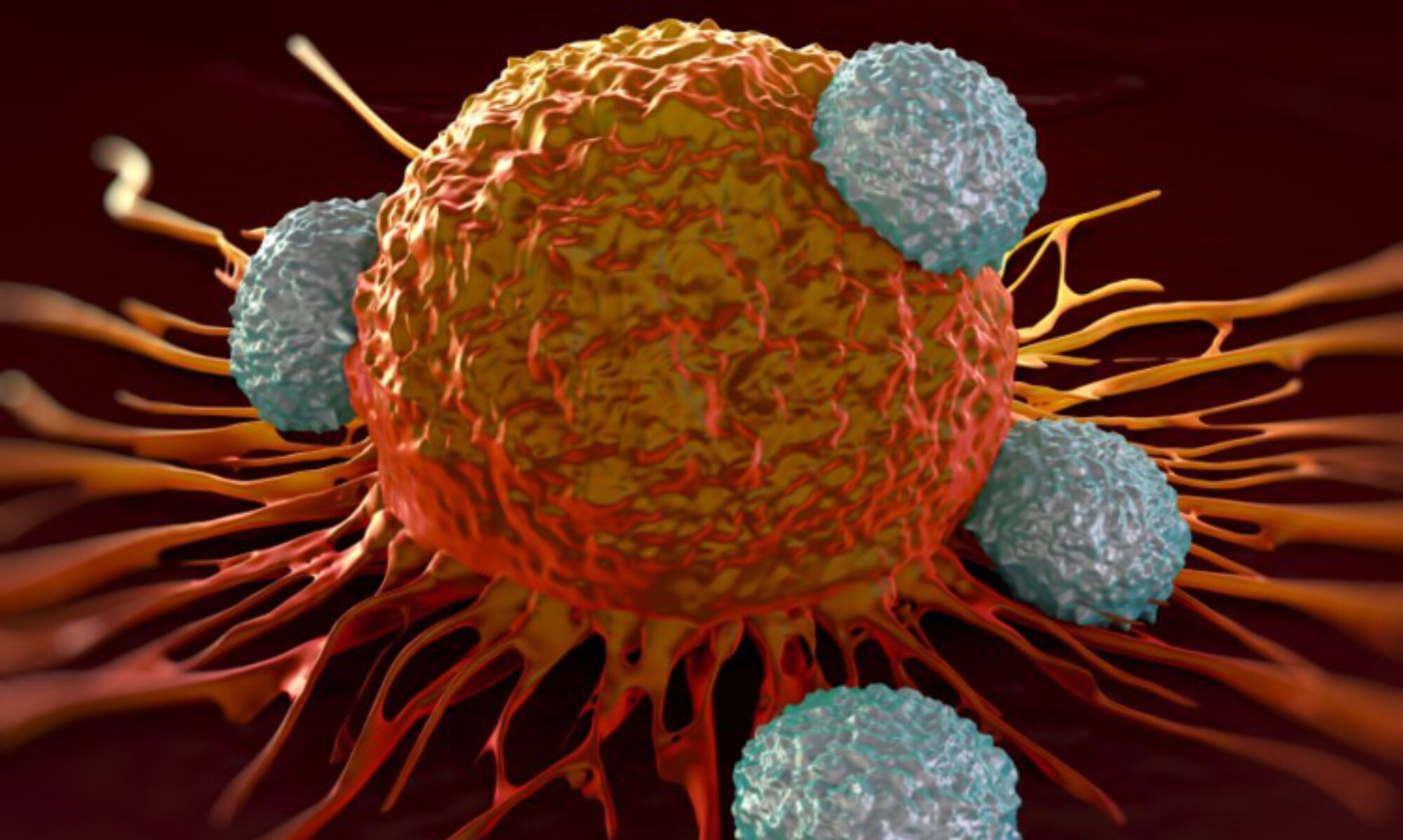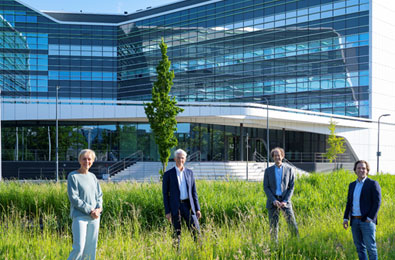The European Medicines Agency has recommended approval for Alnylam’s Givlaari (givosiran) for acute hepatic porphyria (AHP). This is the second RNA interference (RNAi) drug to secure approval in both the European Union and the United States, and the first treatment for AHP, a rare and life-threatening genetic condition in which patients lack the enzymes needed to produce heme.
Givlaari is an mRNA-targeting siRNA drug that lowers the expression of aminolevulinic acid synthase 1 (ALAS1), a liver enzyme that is involved in an early step in heme production. By downregulating ALAS1, the drug in turn lowers blood levels of aminolevulinic acid and porphobilinogen, neurotoxic intermediates that are associated with AHP symptoms including severe abdominal pain. In a six-month pivotal trial, patients treated with Givlaari experienced 70% fewer porphyria attacks than did placebo recipients. Common adverse reactions included nausea and injection site reactions.
The FDA approved the drug in November 2019. Analysts forecast annual global sales of $560 million for the siRNA candidate by 2025, according to data from the Cortellis database.
The only other approved RNAi drug is Alnylam’s transthyretin-directed patisiran, approved in 2018 for hereditary transthyretin-mediated amyloidosis.
Alnylam, the RNAi pioneer, is also testing the utility of its emerging modality in other late-stage development programs. Its lumasiran, directed at hydroxyacid oxidase 1 mRNA, is under review in both the United States and European Union for primary hyperoxaluria type 1. The company is also running phase 3 trials of a next-generation transthyretin-directed candidate, vutrisiran, for transthyretin-mediated amyloidosis.
Another RNAi drug under regulatory review is the cholesterol-lowering agent inclisiran. The PCSK9-directed siRNA drug was developed by Alnylam, licensed to The Medicines Company and then acquired last year by Novartis. And Sanofi, under license from Alnylam, is testing the thrombin-directed fitusiran in pivotal trails in hemophilia.
Prof. Dr. Alessandro Aiuti, a physician and research scientist based in Milan is the winner of the Else Kröner Fresenius Prize for Medical Research 2020, which is awarded by the EKFS in recognition of Aiuti’s significant scientific contributions to the development of gene therapies.

